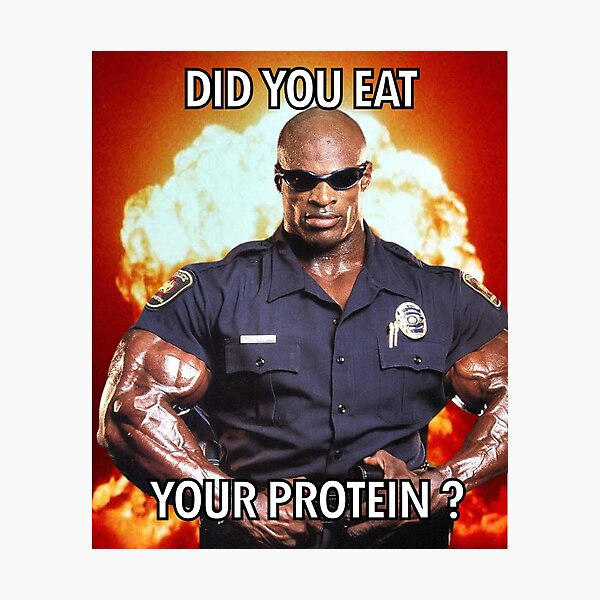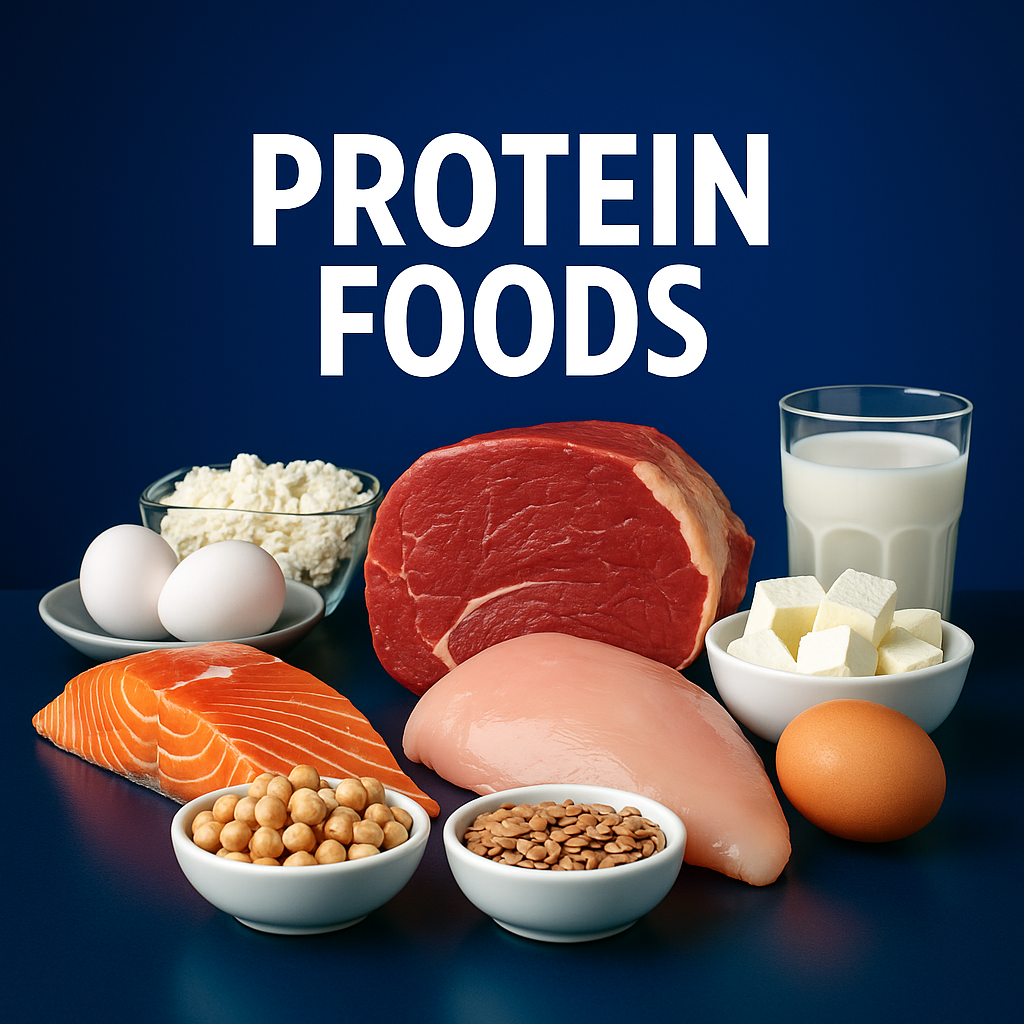The Pickleball Player's Science-Based Guide to Sustainable Weight Loss
If you’re trying to lose fat without losing your power on the pickleball court, protein is your secret weapon. It’s not just for bodybuilders; it’s essential for anyone who wants to get leaner, stronger, and recover faster after long matches or intense training sessions.
In Tip #1, we talked about focusing on body composition instead of just the number on the scale. Now it’s time to talk about what you’re eating, starting with protein.
Why? Because when you’re in a calorie deficit, your body isn’t just losing fat ; it can also start breaking down muscle. That’s where protein steps in: it helps preserve your lean muscle, keeps you full longer, and even burns more calories during digestion.
In this post, we’ll break down exactly how much protein you need, when to eat it, the best sources (yes, plant-based too!), and how to balance it with carbs and fats for max pickleball performance.
Let’s dive in.
Prioritizing Protein for Performance and Fat Loss
Protein serves multiple crucial functions during fat loss that extend far beyond muscle building:
The Science Behind Protein's Power
- Thermic Effect: Protein requires 20-30% of its calories to digest, compared to 5-10% for carbs and 0-5% for fats
- Satiety: High-protein meals increase fullness hormones (GLP-1, PYY) while reducing the hunger hormone (ghrelin)
- Muscle Preservation: Adequate protein intake maintains lean mass during calorie restriction
- Recovery: Supports tissue repair after intense pickleball sessions

Optimal Protein Intake
Between 1.6 and 2.2 grams of protein per kilogram of body weight is recommended daily for active individuals in a calorie deficit. For a 70kg (154lb) player, this translates to 110-155 grams per day.
High-Quality Sources:
- Lean meats (chicken, turkey, lean beef)
- Fish and seafood
- Eggs and egg whites
- Dairy products (Greek yogurt, cottage cheese)
- Plant-based options (tofu, tempeh, legumes, protein powders)
Timing Strategy: Distribute protein throughout the day, aiming for 25-30 grams per meal to support muscle protein synthesis.
Action Step: Plan each meal around a protein source first, then add carbohydrates and fats to complete the nutritional profile.

Balancing Carbohydrates and Fats for Performance
Contrary to popular diet trends, you don't need to eliminate entire macronutrient groups to lose fat effectively. Your body thrives on balanced nutrition that supports both fat loss and athletic performance.
Carbohydrates: Your Performance Fuel
Carbohydrates are your muscles' preferred energy source, especially during high-intensity pickleball rallies. The key is choosing quality sources and timing intake appropriately.
Best Choices:
- Whole grains (oats, quinoa, brown rice)
- Fruits (especially berries, apples, bananas)
- Starchy vegetables (sweet potatoes, squash)
- Legumes (beans, lentils, chickpeas)
Timing Tip: Consume carbohydrates around your training sessions to fuel performance and support recovery.
Healthy Fats: Essential for Hormones and Health
Dietary fat supports hormone production, nutrient absorption, and joint health—all crucial for pickleball players.
Quality Sources:
- Avocados and olives
- Nuts and seeds
- Olive oil and avocado oil
- Fatty fish (salmon, mackerel, sardines)
General Guidelines:
- 20-35% of total calories from fat
- Emphasize monounsaturated and omega-3 fatty acids
- Limit processed and trans fats
Action Step: Initially, use a food tracking app to understand your macronutrient balance, then transition to intuitive eating as you develop better habits.
It's time to boost your pickleball ratings! Want help measuring your protein intake? Download the AIM7 app to calculate your needs and monitor your progress.
Check out Weight Loss Tip #4: Maximizing Movement.
Medical Disclaimer
The information provided in this blog is for educational and informational purposes only and is not intended as medical advice. This content should not be used to diagnose, treat, cure, or prevent any health condition or disease.
Before beginning any weight loss program, exercise routine, or making significant changes to your diet, please consult with a qualified healthcare professional, especially if you have any pre-existing medical conditions, are taking medications, or have concerns about your health.
Individual results may vary. The strategies and recommendations discussed in this blog may not be suitable for everyone. Always listen to your body and discontinue any activity that causes pain or discomfort.
AIM7 and its affiliates are not responsible for any adverse effects or consequences resulting from the use of the information or suggestions contained in this blog. By reading this content, you acknowledge that you are participating in these activities at your own risk.

.jpg)








%20(1).webp)

.avif)





